What is a Content Creator?
A content creator is anyone who generates digital content. However, a professional content creator takes it a step further by building an online community, monetizing their skills, or both.
By 2024, the "creator economy" had exploded into a massive industry, valued at over $100 billion.

Being a content creator involves much more than simply posting on social media. In today's landscape, content creators juggle multiple roles, such as:
- Developing and managing content calendars
- Producing videos, graphics, and photos for their social media profiles
- Crafting social media content for brands, often as User-Generated Content (UGC) creators
- Engaging with their audience through stories, livestreams, and events
- Partnering with brands through sponsored posts and affiliate links
- Launching their own courses, newsletters, podcasts, or products
- Providing consultancy services for brands, small businesses, and budding creators
- Writing guest blog posts or articles
As social media platforms continue to enhance their creator tools and features, the opportunities within the content creation space are only expanding.
Main Types of Content Creators
As previously discussed, content creation extends beyond written content, offering various roles for aspiring creators. In digital marketing, content creators often oversee different digital "departments." Some companies employ specialists for each type of content, while others rely on a single creator to manage multiple formats. Here are some key types of content creators and their roles:
Content Writer
Content writers craft original and engaging written material for various platforms. They often produce content for marketing channels like social media and email. However,blogging remains the most common outlet for content writers.

Videographer
Videographers are responsible for filming and editing video content with professional cameras to ensure it meets company standards. While YouTube is a primary platform for video content creators, sites like Instagram, Facebook, and TikTok are also popular for sharing video content.
Photographer
Photographers create compelling images for social media and websites, capturing the world's beauty or telling a story. They work in diverse fields such as fashion, beauty, food, and fitness. While photographers have creative control, they must also meet client demands, which sometimes involves less exciting projects like product photography.
Podcast Host
Podcast hosts use high-quality mircophones to share messages through engaging audio content. They conduct interviews, provide commentary, and create an enjoyable experience for listeners. Hosts often prepare scripted content ideas but must also think on their feet to ask relevant questions and keep interviews interesting. This role offers the chance to meet fascinating people and learn from guests.

Social Media Influencer
Social media influencers have a loyal following and use their platform to promote products, services, or convey messages. Influencers range from:
- Nano influencers (1,000 to 10,000 followers)
- Micro-influencers (10,000 to 50,000 followers)
- Macro influencers (500,000 to 1 million followers)
- Mega influencers (over 1 million followers)
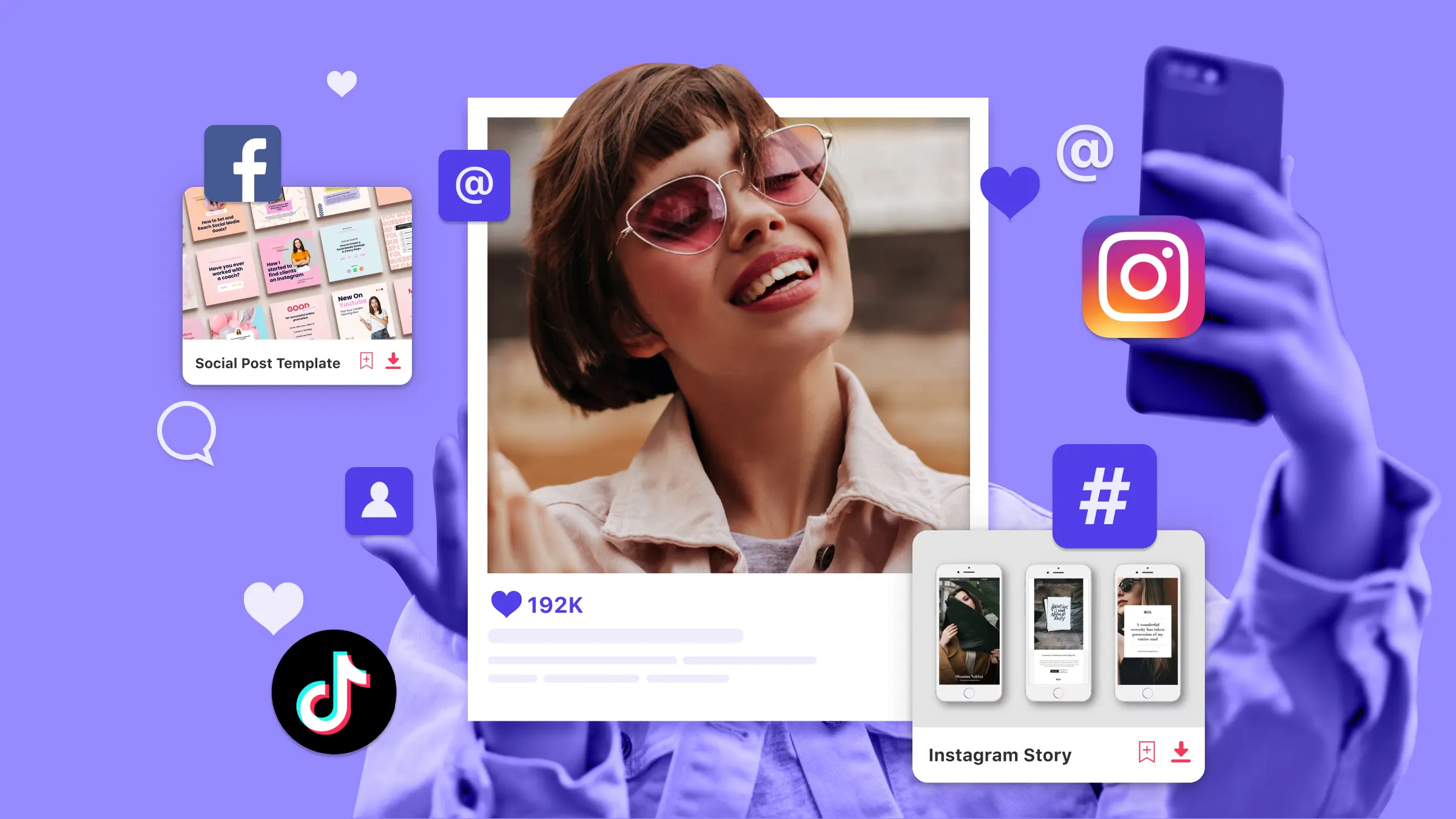
Some examples of the content that social media influencers can create and share include:
- Posting pictures on Instagram or Facebook
- Creating YouTube videos
- Hosting live streams on Twitch
- Hosting podcasts
- Writing blog posts
- Hosting webinars
- Providing one-on-one digital coaching sessions
Essential Steps to Become a Successful Content Creators
No matter whether you choose to concentrate on video content, blogging, or podcasting, the following steps will guide you in establishing your niche. While these steps don't have to be followed in a strict sequence, some tasks, like identifying your target audience, are essential to complete before progressing to the next step.
-
Identify Your Audience
Understanding your target audience is crucial for the success of your content and marketing strategy. A brand needs relevant and innovative content to capture the audience’s interest. However, it's not enough to just grab their attention—you need to find ways to maintain it. Knowing what resonates with your audience will make this task much easier.
-
Choose a Platform
Social media platforms offer the advantage of an existing user base. For instance, Facebook has over 2 billion active users, YouTube has 2.6 billion, WhatsApp over 2 billion, and Instagram around 2 billion users. Starting with social media is beneficial as it provides access to a captive audience.
While it's tempting to be present on all platforms for broader exposure, focusing on one or two can help you concentrate your efforts and make those platforms highly successful for your brand. For example, using Snapchat or TikTok may not be effective if your target audience is B2B business owners.
Each platform attracts different audiences and is tailored for specific content types. WordPress is known for blogs, while YouTube is ideal for video content. Here are some commonly used platforms:
- YouTube
YouTube is great for vlogging and various video content like how-to videos, product reviews, unboxings, and tutorials. Video content is a leading form of digital entertainment, often preferred over long articles when time is limited.
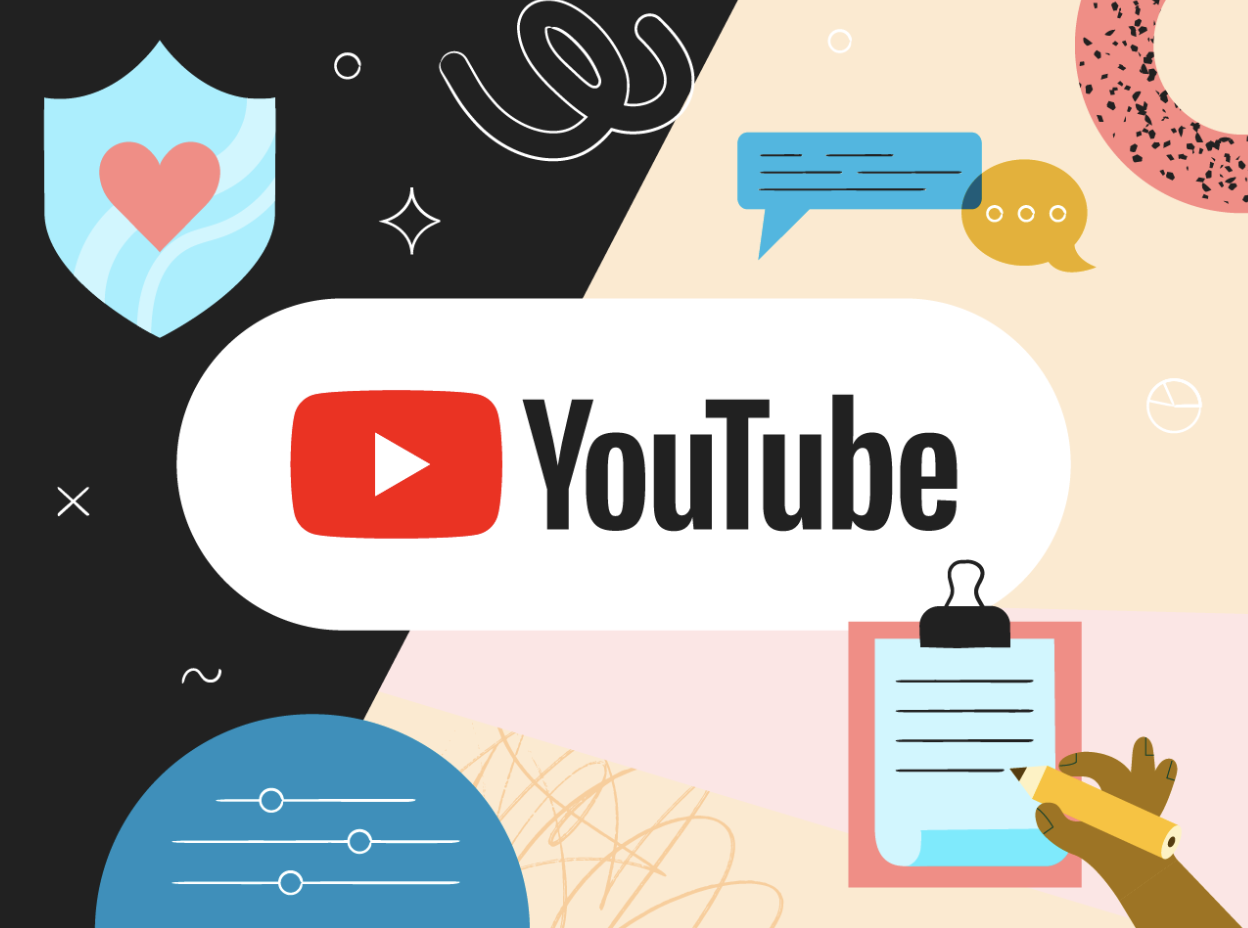
ref: https://blog.youtube/inside-youtube/us-election-misinformation-update-2023/
Instagram is perfect for quick, digestible content. A picture, worth a thousand words, can convey messages effectively when text falls short. Businesses can use Instagram to promote and sell products, with the advantage of easily shareable posts, enhancing engagement.
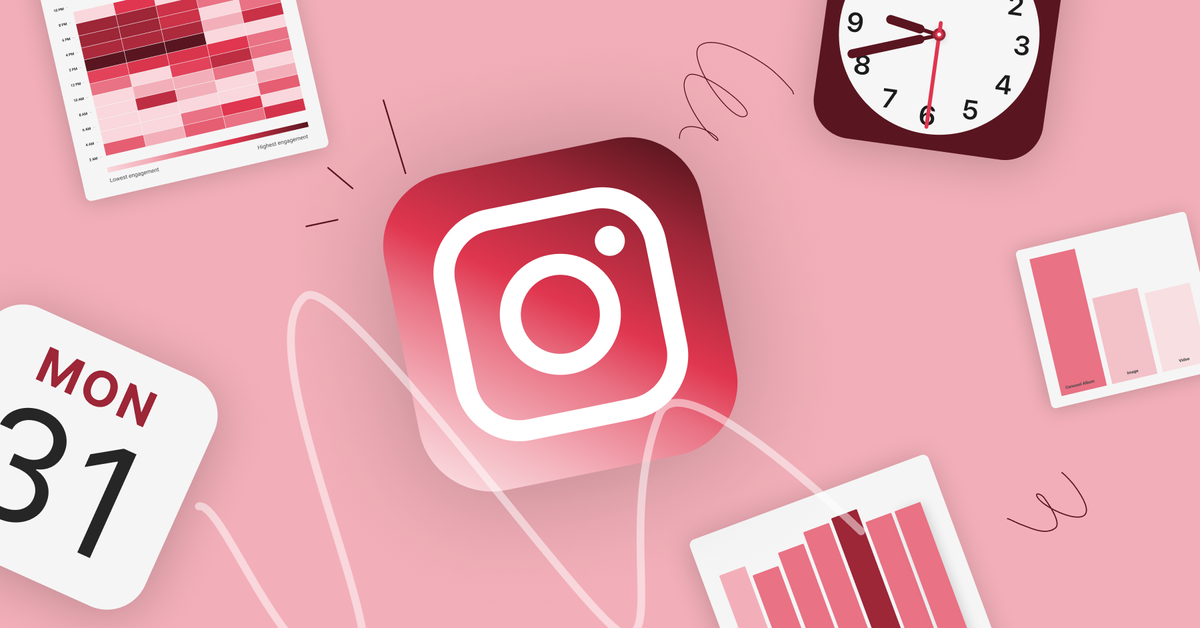
Facebook offers flexibility for businesses with various marketing methods, including short articles, shared stories, video content, and more. It's an excellent way to promote a brand or service.
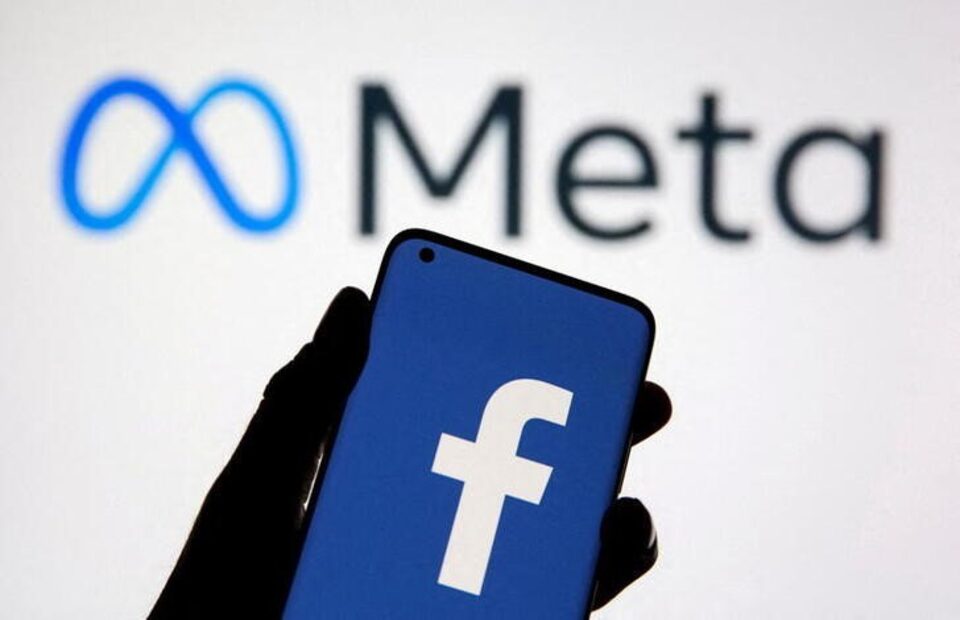
-
Design the Content Plan
A content plan acts like a business plan, preparing the brand for various scenarios and improving coordination. For larger marketing teams, a content plan ensures seamless teamwork and clear communication. Project management tools like Monday.com, Asana, and Trello can facilitate this process.
An effective content plan also helps organize monthly topics and events. For social media, using content calendar templates can be beneficial. Even if you're working alone, a unified calendar allows for strategic planning of your posts.
-
Establish the Business/Brand Voice
The brand’s voice defines how the business communicates with its target audience. To establish this voice, you may need to conduct customer surveys and polls. These will help you identify key demographics such as age, gender, profession, and location. This step highlights the importance of identifying your target audience before establishing a unique brand voice.

-
Build a Portfolio
A portfolio is essential for showcasing your skills, experience, and client testimonials in the content creation industry. It's crucial to highlight successful projects and convey your brand voice and style through an About Us section.
-
Market yourself
Creating a website and having business cards are traditional methods to market yourself as a content creator. Leveraging digital networks and social platforms is also vital for establishing a strong online presence. Even if content writing isn't your primary focus, a blog can effectively promote your content creation services.
-
Grow Your Social Media Following
Social media platforms offer direct channels to connect authentically with your audience. Building a robust presence on platforms like Instagram,LinkedIn, and Facebook not only reaches your audience but also enhances your service credibility. It's beneficial for advertising your brand and generating social proof.
-
Invest in Third-Party Tools
Investing in essential content tools can significantly elevate the quality of your work. Different types of content creators rely on various software and gears tailored to their needs. Below, we explore some beloved tools across both categories:
Gears:
- Camera
For any kind of content creator, the most basic of content creator tools you’ll need is a camera to shoot high quality pictures and videos. If you're just starting out, you only need a camera with decent cost-effectiveness that can capture high-definition photos. There's no need to choose a camera that is too professional and complex.
You might consider the NearStream VM33, ideal for beginners. Its compact size allows for easy stabilization with just a tripod. The visual quality is impressive—vibrant colors, clear shots, and excellent performance in low-light conditions. Its durable battery ensures extended outdoor shooting sessions, and the 40x zoom capability enables precise capture of distant scenes. Overall, the VM33 is an excellent and budget-friendly option to begin your content creation journey.
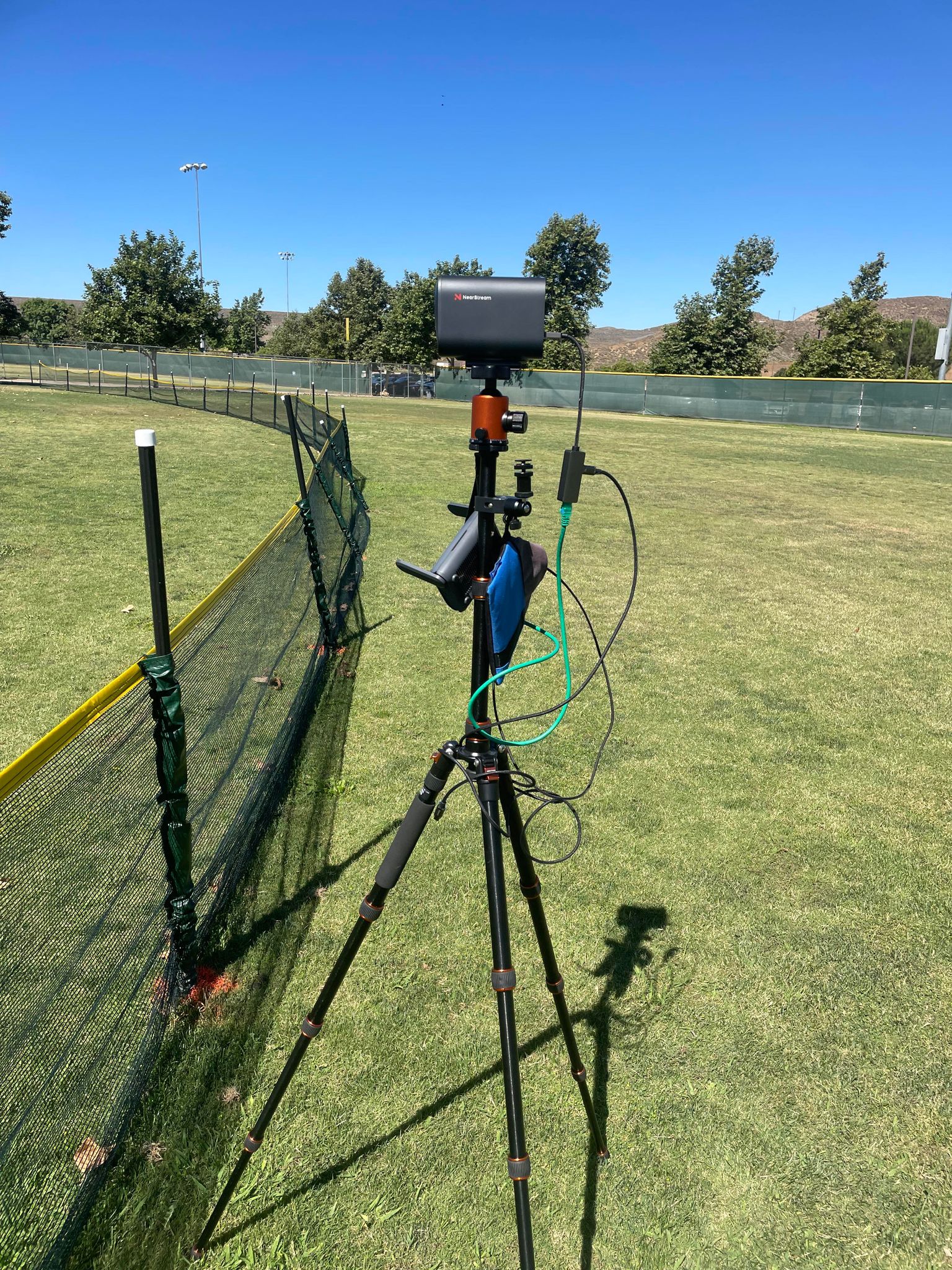
- Ring Light
When creating content indoors, a ring light can significantly enhance your setup by providing a bright and evenly lit environment, particularly beneficial for activities like recording TikTok dances or creating engaging Instagram Stories.
Many ring lights come equipped with tripods, offering hands-free operation to ensure you can focus on your content without interruption. These lights often offer adjustable settings for warmth and coolness, as well as brightness levels, giving you precise control over the aesthetic of your videos or photos.
If portability is important to you, consider options like the Littil ring light, known for its compact size that fits easily into a backpack. It features a convenient USB cord, allowing you to power it with a portable charger for outdoor use when needed.
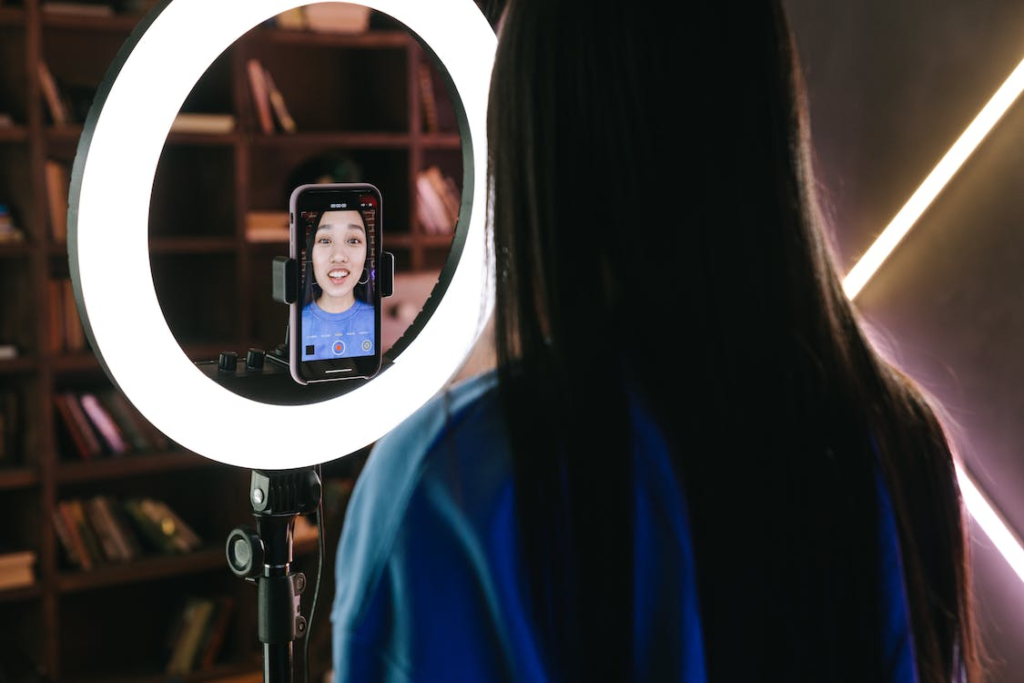
- Microphone
Another essential piece of equipment for beginners is a microphone, such as the AWM20T.
Its dual-channel system is specially designed for synchronized two-person recording, making it perfect for video shooting, streaming, podcasting, and interviews. It also features USB-C and 3.5mm TRS ports, ensuring compatibility with most smartphones, cameras, computers, and tablets. Investing in this microphone will significantly enhance the audio quality and voiceovers for your videos.

- Tripod
A tripod/selfie stick is really useful when it comes to creator tools, particularly when no one is around to take pictures for you. It’s also helpful vlogging equipment for beginners to hold and stabilize your camera while recording your videos. This compact gorilla pod acts as both. The legs are even flexible enough to wrap around other objects so you can take pictures and videos from every angle you can think of.

- Reflector
Lighting is everything when it comes to taking photos. A reflector is one of the most underrated creator tools, but one of the most important. Basically, it bounces or diffuses light where you want. This collapsible reflector is easy to travel with and super helpful when doing photoshoots or lighting is uneven.
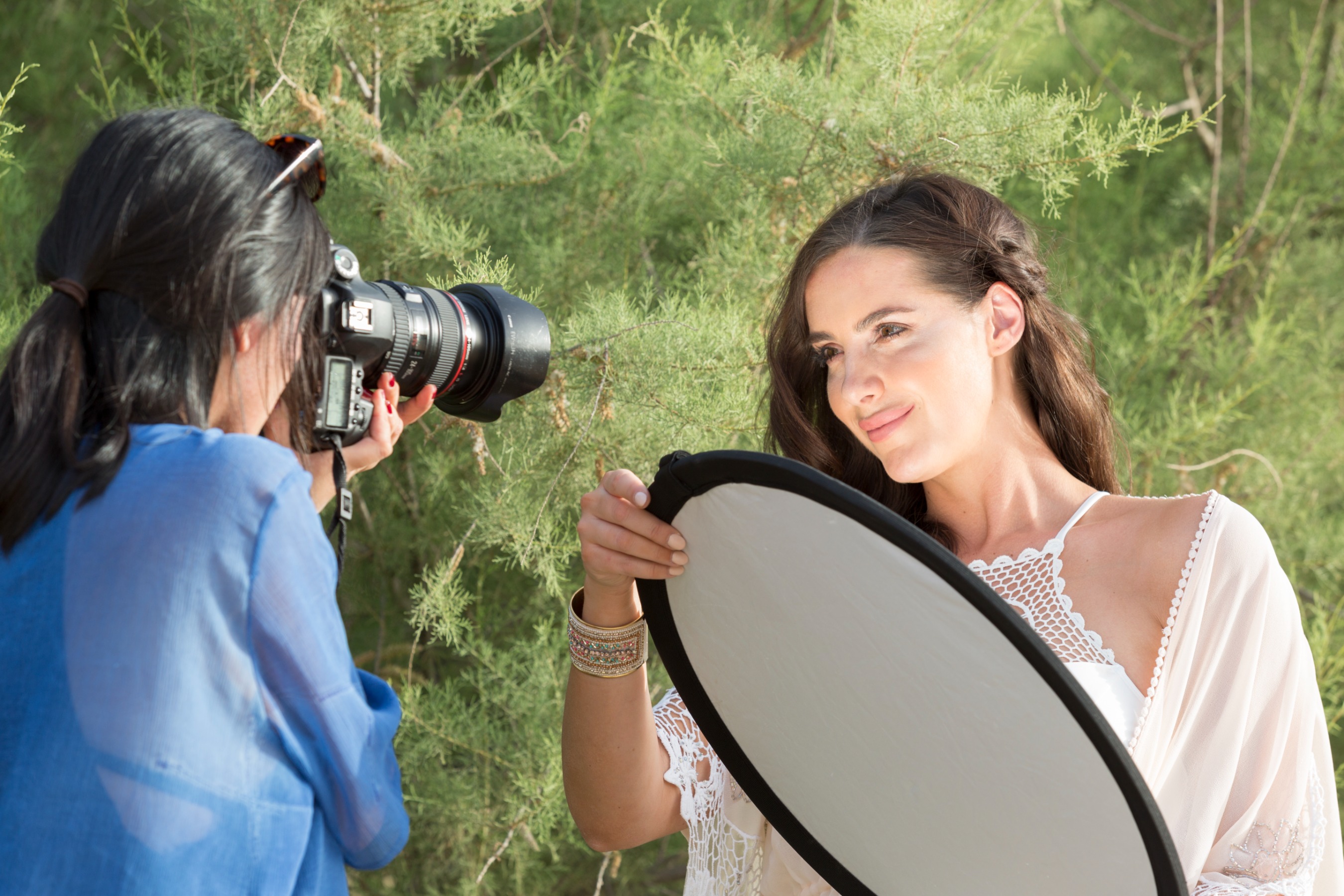
Software:
SEMrush is essential for content creators aiming to establish an online presence. It offers valuable insights to enhance SEO, PPC, PR management, and keyword research, making it a versatile and cost-effective tool.
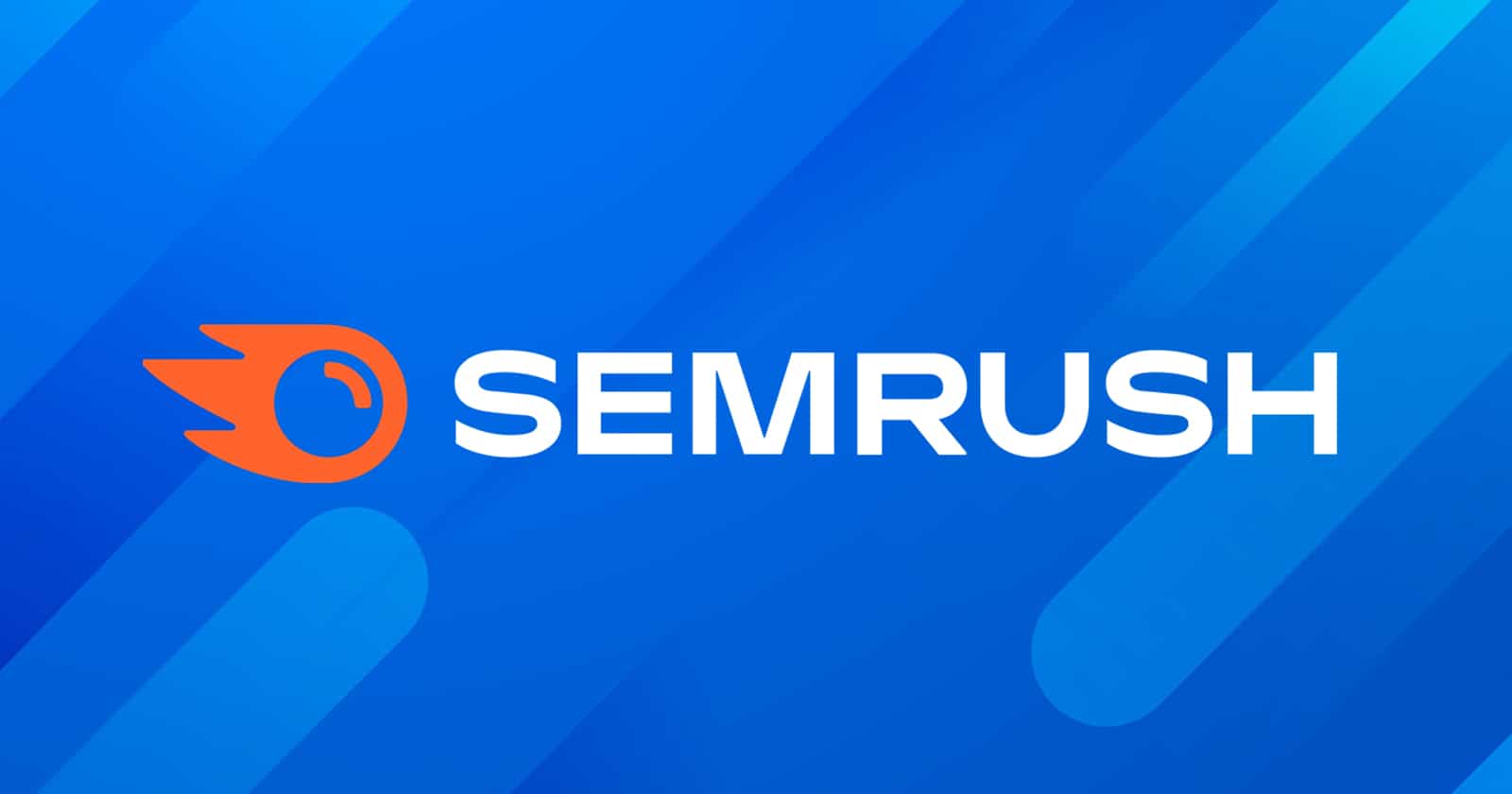
Canva is perfect for creating stunning presentations, graphics, infographics, posters, and more. With an intuitive drag-and-drop editor and an affordable pricing structure (including a generous free plan), it's favored by many content creators.
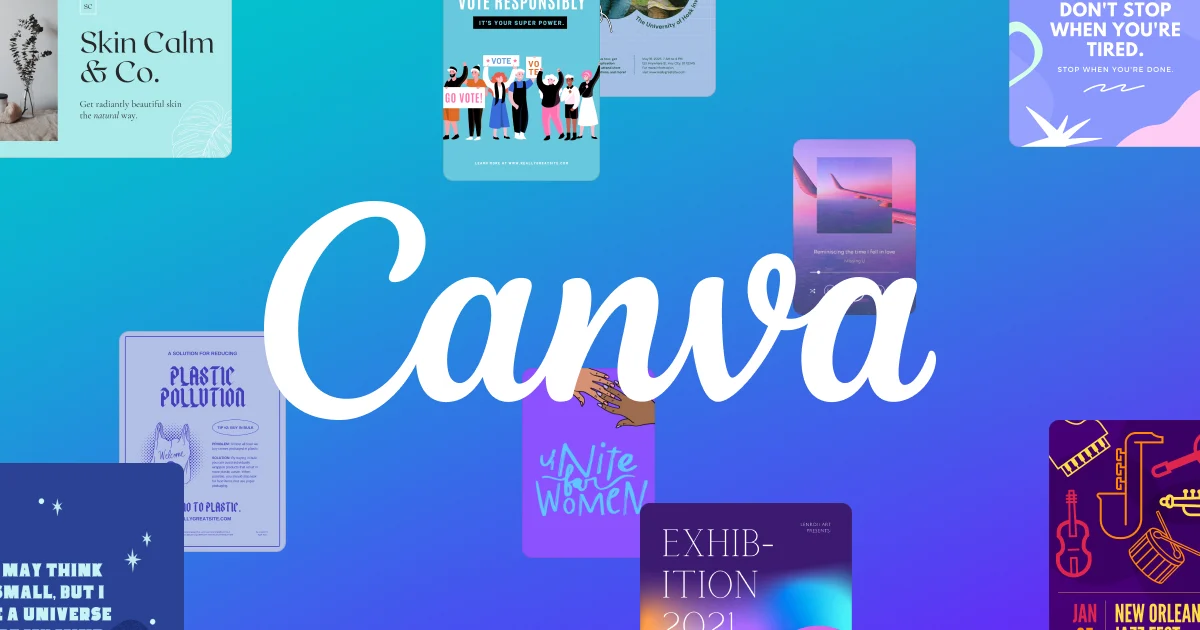
Whether you're a content writer or not, Grammarly is indispensable for its professional grammar checking capabilities. It ensures accuracy in all your written content, from short captions to detailed video descriptions, providing excellent value for money compared to other grammar tools.
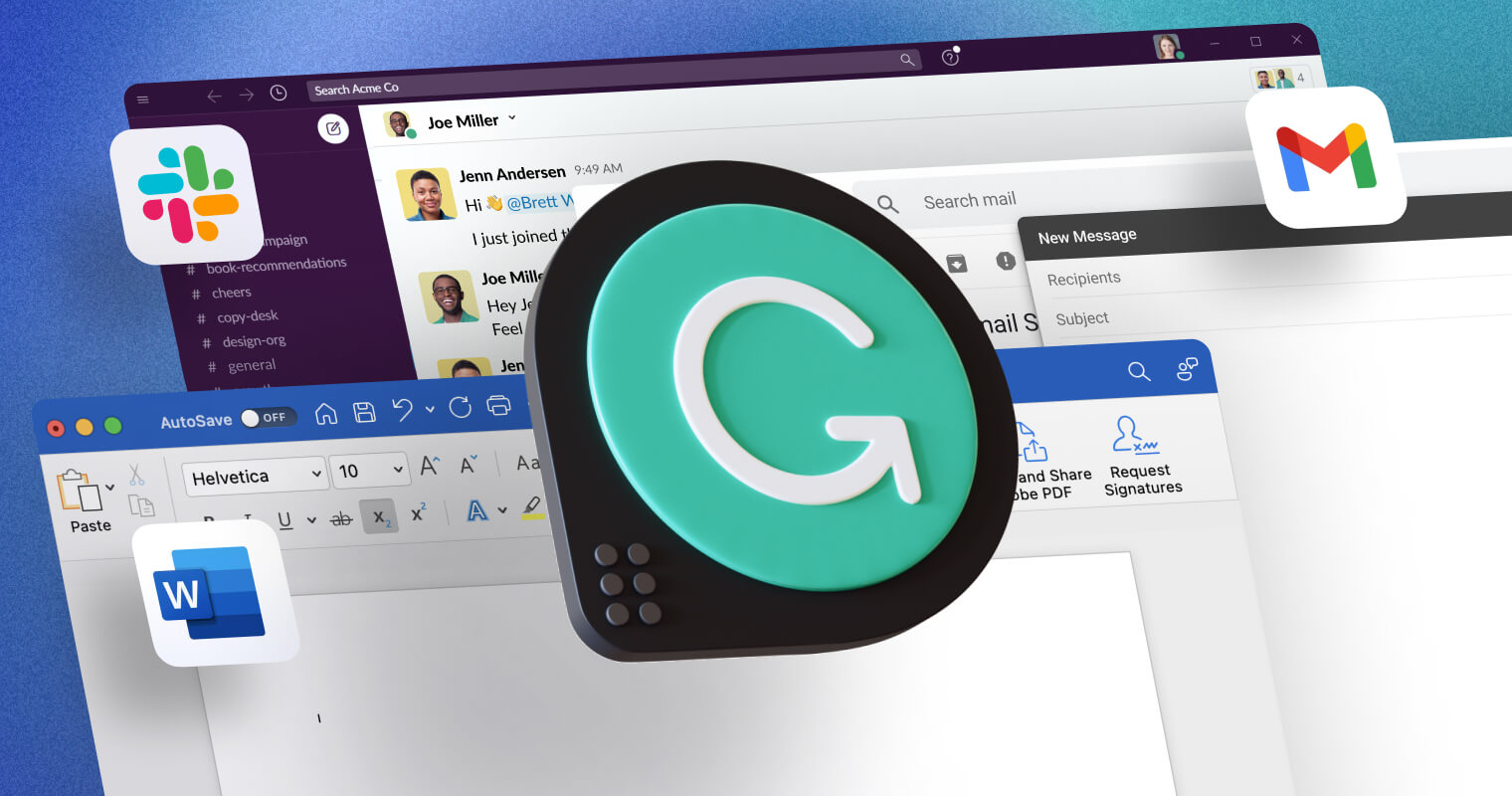
- Google Tools
Google offers a range of powerful tools. Google Ads are ideal for revenue generation, Google Drive facilitates real-time collaboration on projects, and Google My Business and Google Trends provide insights and visibility for businesses looking to enhance their online presence.
These are the most popular tools among content creators. As a beginner, think about your budget and how often you'll use each tool. Remember, it's about choosing what's right for you, not just the priciest option. I hope this tool guide helps you dive into content creation and get the hang of it quickly.
Conclusion
The steps and tips provided offer a comprehensive approach to content creation, helping you produce high-quality content more efficiently. The key principles are understanding your target audience, knowing your brand, and being clear about your goals.
While you might not achieve the same financial success as top influencers like Ryan Kaji, content creation can still be a highly fulfilling career that you can start today.
NearStream VM33 - 2K HD Wireless Streaming Camera is an all-in-one wireless live streaming multicam with an optical lens, perfect for streamers seeking a second camera or for recording entire church, wedding, sports, conference, online meetings, or any live events. If you want higher quality, you can choose NearStream VM46 with a 4K resolution.













































